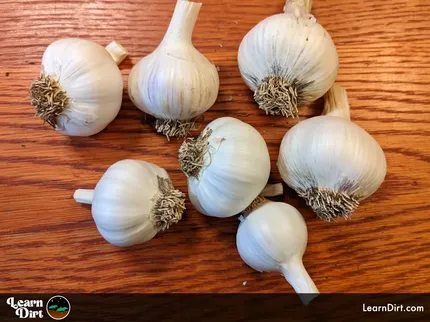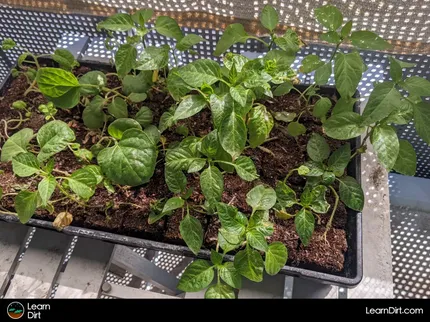Table of Contents
* Our articles never contain AI-generated slop *
Dealing with rats is a pain, especially when they're eating your produce. Let's talk about how to deal with rats in the garden.
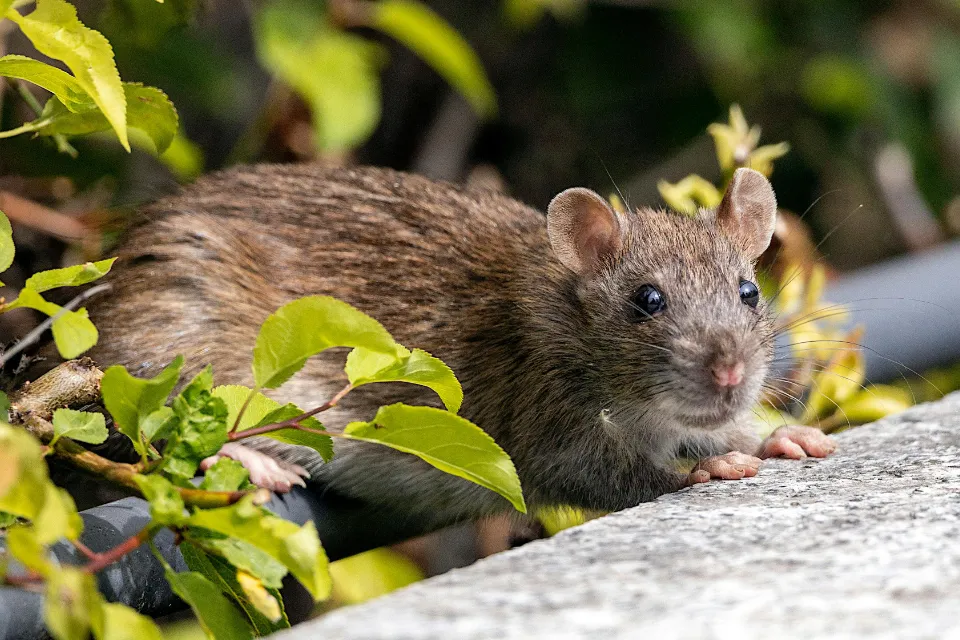
Why Are There Rats In My Garden?
Rats love gardens! Whatever food you love to grow, rats love to eat. Let's talk about some of their favorite foods so you can get an understanding of why they're coming to your garden at night to chow down:
What Do Rats Eat?
Rats love grains, seeds, veggies, and fruits. They'll even eat meat and garbage.
Disclaimer: This post may contain affiliate links. Refer to the privacy policy for more information.
Just about every plant you grow in your garden for consumption is also eaten by rats.
This can be especially annoying when they chomp all your seedlings down to stems and not a single leaf remains.
Rats will hang out around your compost for food, and if you store your harvests anywhere they can get to, they'll try that too.
How to Deal With Rats in the Garden
We'll go in order of least-to-most-aggressive, and starting with the mildest approaches first.
Prevention
The best way to not have rats in your garden is to not attract them to begin with.
Barriers
barriers such as fencing are one of the best ways to keep rats out. Why waste time trapping them when you can fortify your garden perimiter and never let them in to begin with?
Join The Grower's Community
Whether you cultivate vegetables, house plants, succulents,
mushrooms, flowers, cannabis, or more...
you're welcome here 🌱
Check It Out!
Rats can jump up to 3ft vertically (some folks say 4ft, though this number is less-commonly cited).
Make sure that your barriers contain at least 3ft of unclimbable material to prevent rats from jumping + climbing up and over.
Use something slick such as aluminum flashing or smooth plastic in a band around your garden fencing, either on the bottom 3ft+ or the top 3ft+ to keep rats from climbing.
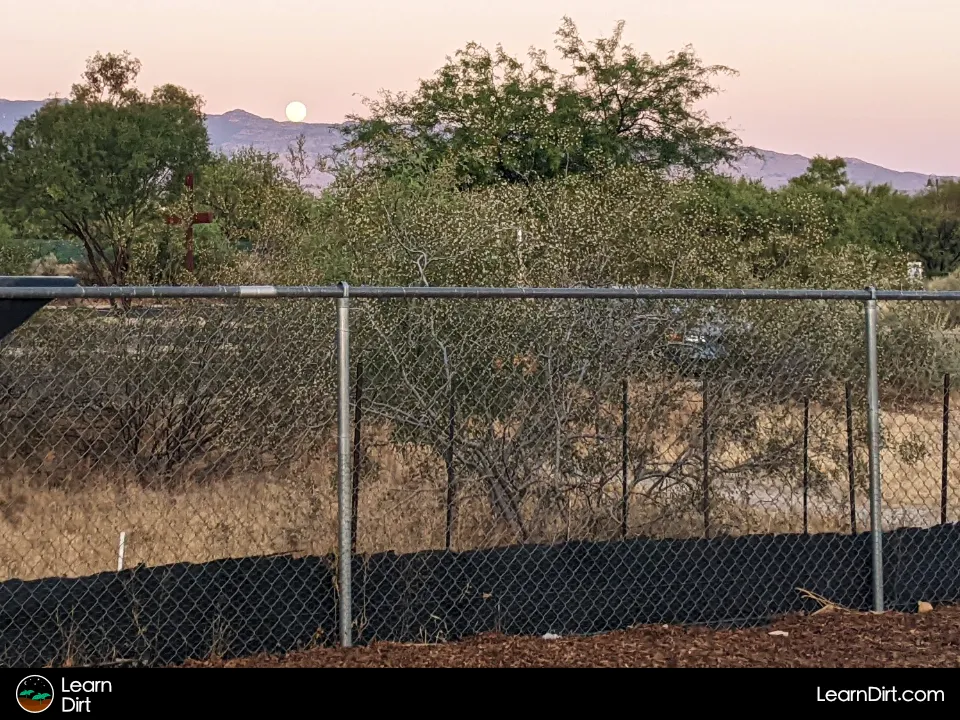
If you decide to utilize sheet aluminum or plastic along the bottom of your fence as opposed to the top, you can also optionally bury it down 1-2ft to prevent critters from digging underneath it.
Rats can and will dig, though not as deep as gophers, moles, voles, and other critters more suited to subterranean life. You'll definitely want to consider burying a portion of your barrier to keep them from going under.
Remove Cover, Nooks, and Crannies
Rats are thigmotactic, which essentially means they like being pressed up into tight little spaces.
Because many of their natural predators are air-born, rats do not feel very comfortable in wide open spaces and prefer tight confines.
You can use this to your advantage by removing any areas in your garden which may provide them cover. Any tight nooks and crannies - in stacks of bricks, cinder blocks, under sheds, behind compost piles, etc. are all common places for rats to hide.
By removing these places you can deter some rats from taking up residence as they won't have as many comfortable places where they can tuck themselves out of view.
Remove Water Dishes
If you put out water dishes for animals, consider putting these far enough away from your garden that you don't entice rats and other critters to come looking for a drink.
Only use bird baths in the garden if you want to provide water for animals, as these are difficult for rats to climb and won't encourage them like ground-level water dishes.
Deterrance
Once you've reduced the ways in which you might be attracting rats, it's time to move onto ways you can actively deter them from coming around.
Peppermint
This one is the least-likely to work, but it's very easy to implement and might be worth a try.
Simply grow peppermint, or add a few drops of peppermint essential oil to a sprayer and spray around your garden regularly.
You can also soak cotton balls in peppermint essential oil and tuck them around the garden.
All of these are supposed to help deter rats and mice, though I've never personally have any luck whatsoever with this and am skeptical it does much of anything.
Like with everything in gardening, however, run your own experiments and observe what works for you in your garden.
Owl Box
Consider hanging an owl box near your garden if you've got a good place for one. Owls, like rats, are nocturnal so they're a great predator to entice into taking up residence in or near your garden.
Humane Traps
After prevention and deterrance, the next tool in your toolbox is a humane trap. These are traps which do not kill rats, but simply allow you to relocate them away from your property.
Notes About Relocation
There is some disagreement just how far you need to go to relocate a rat. Some say 100 yards is enough. Others 500 yards, and some say a mile or more from where you caught them.
You'll have to experiment to find a distance that works for you.
Dig Cool Merch?
It's generally important that you find an area away from houses and agriculture, with lots of cover for the rat to hide if you want it to have any chance at survival.
Even though there is a chance the relocated rats will survive, it's important to understand that most still likely will not make it.
Rats have difficulty adjusting to new territories, new predators, and encroaching on existing rate territories.
While relocation and humane traps still offer better survival chances than killing traps do, most relocations generally don't end happily-ever-after for the rat.
Killing Traps
If you've tried some of the other solutions and still have rats, it's time to bust out the snappers and zappers.
Snap Traps
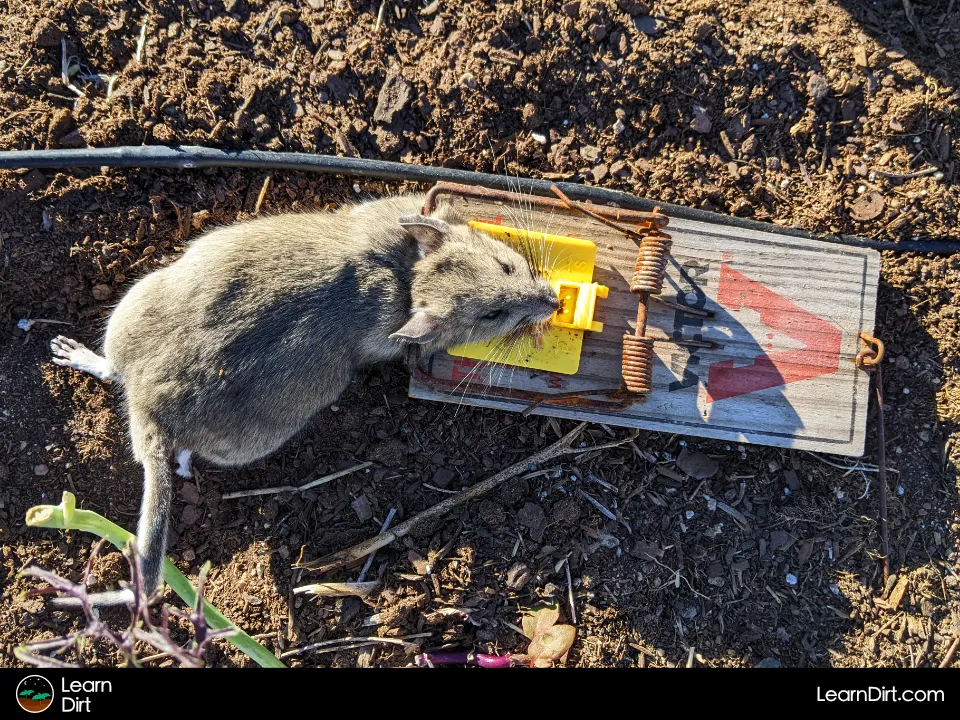
Remember that snap traps may not always kill rats immediately, so you might consider tying them to a stake with a string to prevent them to being dragged away by a half-caught rat.
If you find a rat in your trap that wasn't fully killed, you may have to bonk it over the head with a brick or cinder block - so muster your courage if you find one alive and have never had to end its misery. Do it swiftly and completely.
Electric Traps
Electric traps are very effective, super easy to bait and empty, and less-likely to hurt you than a snap trap.
They also don't require the dexterity that a snap trap requires to set - so electric traps may be a better option for gardeners with arthritis or limited finger strength.
The main downsides compared to snap traps are cost, reliance on batteries (though they last quite a long while), and not being completely waterproof.
I would only use electric traps in places they can be kept out of the rain.
That's all for now, thanks for reading!
If you have any questions, comments, or would like to connect with fellow gardeners, head on over to the forum and post there.

![Black Dirt Live Again [Green]](/media/product_images/black-dirt-live-again-[green]_sticker_260x260.png)


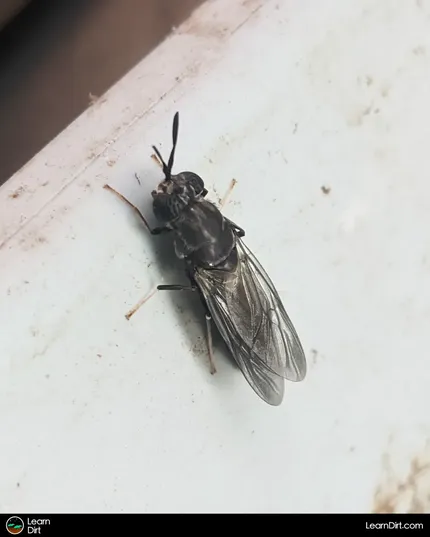
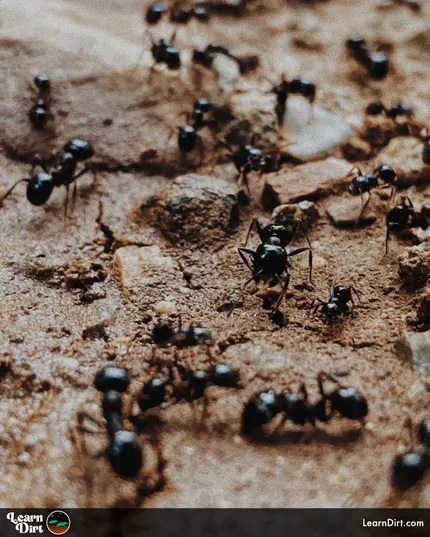

![Black Dirt Live Again [Blue]](/media/product_images/black-dirt-live-again-[blue]_sticker_260x260.png)
![Don't Till Away Your Carbon [Taffy]](/media/product_images/dont-till-away-your-carbon-[taffy]_shirt_260x260.png)

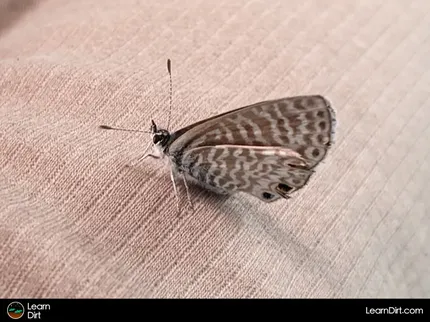


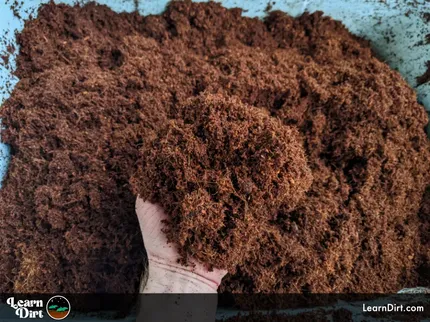
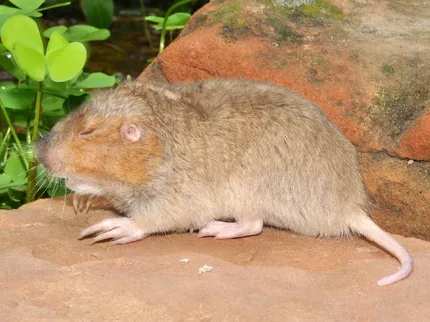
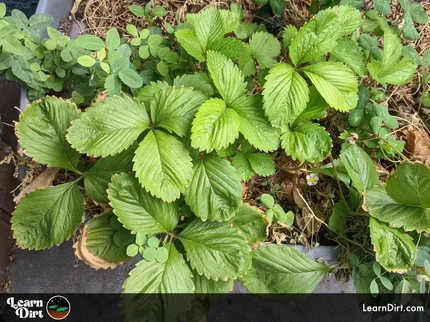

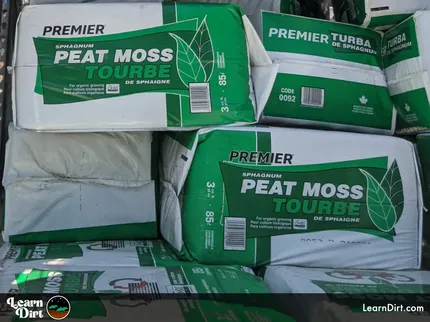



![Black Dirt Live Again [Blue] T-shirt](/media/product_images/black-dirt-live-again-[blue]_shirt_260x260.png)


